
cd_nom
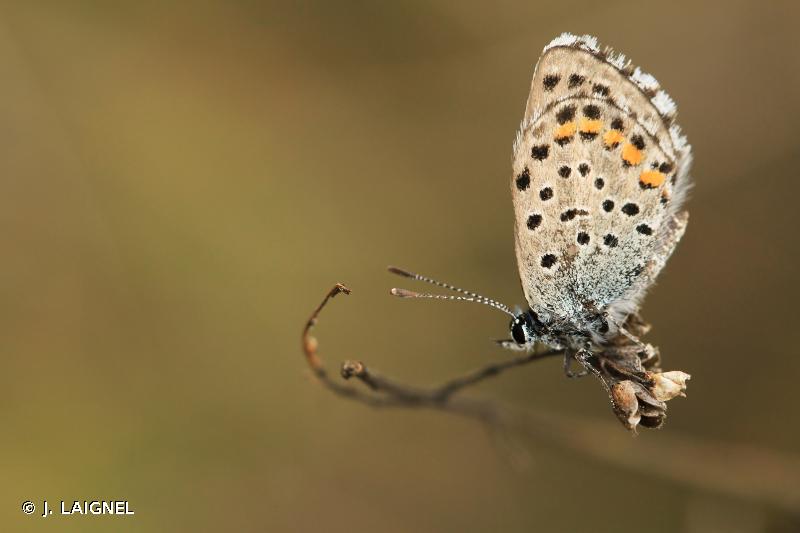
| Author : J. LAIGNEL |
 |
To get the picture, please visit:
Julien Laignel
Chargé de mission SNB - SPN/MNHN
4, avenue du Petit Château
91800 BRUNOY
Tel.: 06.10.68.23.36
Mail: julien.laignel@9online.fr
Despite the Creative Commons license, please inform the author of the use which will be made of his photo

| Author : R. Puissauve |
 |
To get the picture, please visit:
Renaud PUISSAUVE
Muséum national d'Histoire naturelle - Service du Patrimoine Naturel
4 avenue du Petit Château
91 800 BRUNOY
e-mail : puissauve@mnhn.fr
Any reuse of one or more photographs on this site is subject to an authorization request from the author.
Link to the Code of Intellectual Property (Legifrance)
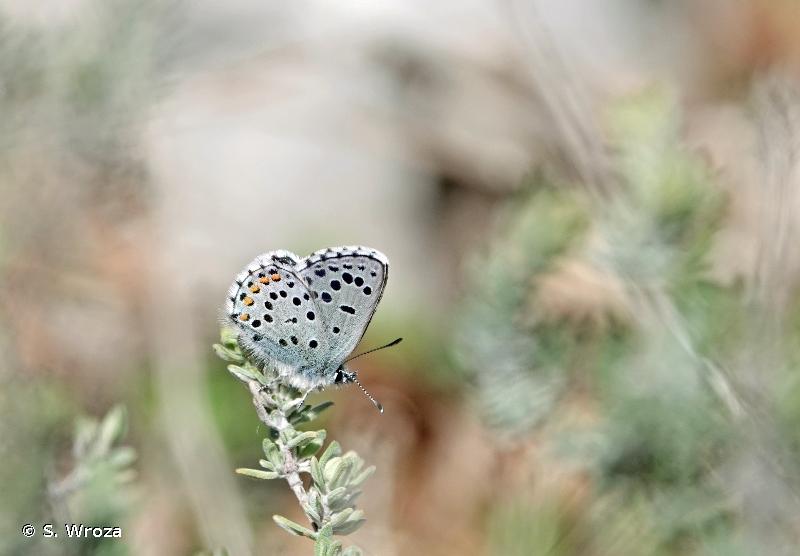
| Author : S. Wroza |
 |
Despite the Creative Commons license, please inform the author of the use which will be made of his photo
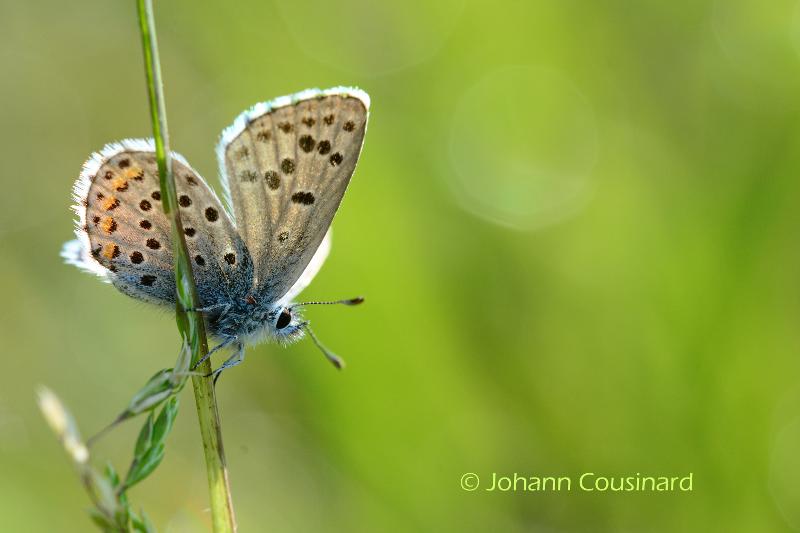
| Author : Johann Cousinard |
 |
To get the picture, please visit:
Johann Cousinard
www.johanncousinard.fr
email : johann_cousinard@yahoo.fr
Despite the Creative Commons license, please inform the author of the use which will be made of his photo
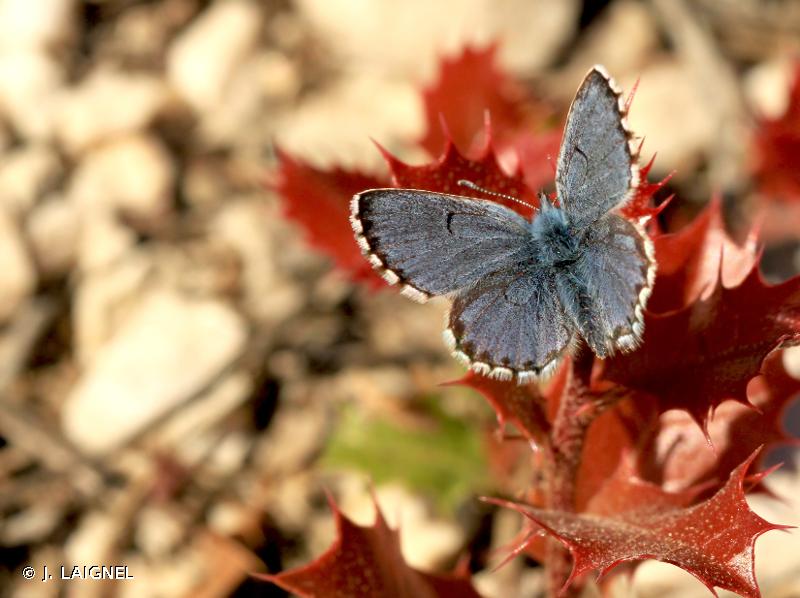
| Author : J. LAIGNEL |
 |
To get the picture, please visit:
Julien Laignel
Chargé de mission SNB - SPN/MNHN
4, avenue du Petit Château
91800 BRUNOY
Tel.: 06.10.68.23.36
Mail: julien.laignel@9online.fr
Despite the Creative Commons license, please inform the author of the use which will be made of his photo
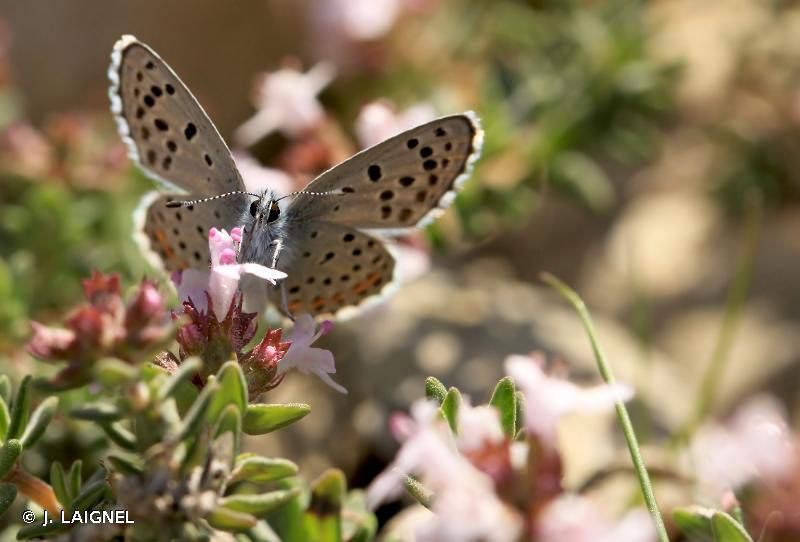
| Author : J. LAIGNEL |
 |
To get the picture, please visit:
Julien Laignel
Chargé de mission SNB - SPN/MNHN
4, avenue du Petit Château
91800 BRUNOY
Tel.: 06.10.68.23.36
Mail: julien.laignel@9online.fr
Despite the Creative Commons license, please inform the author of the use which will be made of his photo
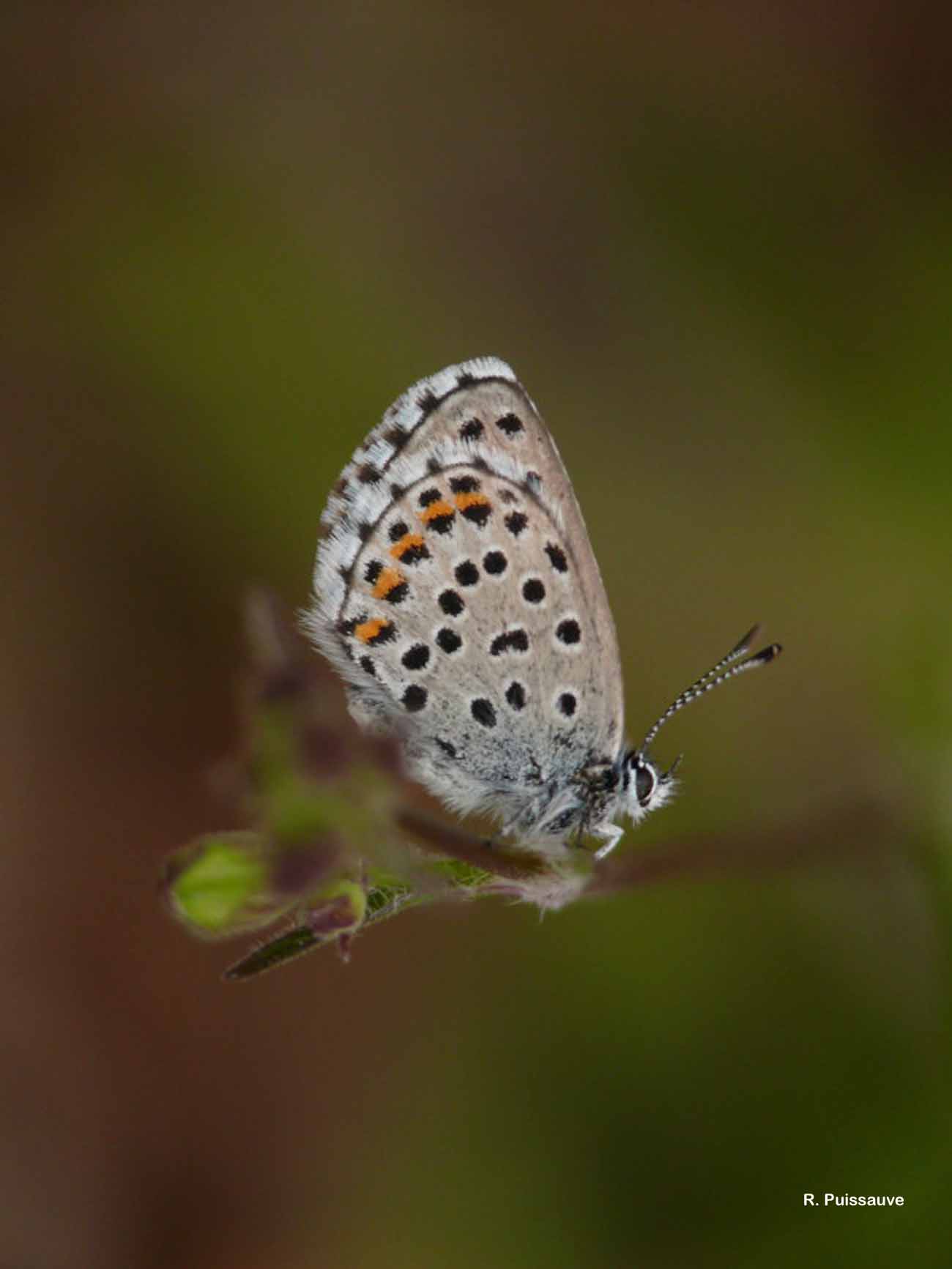
| Author : R. Puissauve |
 |
To get the picture, please visit:
Renaud PUISSAUVE
Muséum national d'Histoire naturelle - Service du Patrimoine Naturel
4 avenue du Petit Château
91 800 BRUNOY
e-mail : puissauve@mnhn.fr
Any reuse of one or more photographs on this site is subject to an authorization request from the author.
Link to the Code of Intellectual Property (Legifrance)
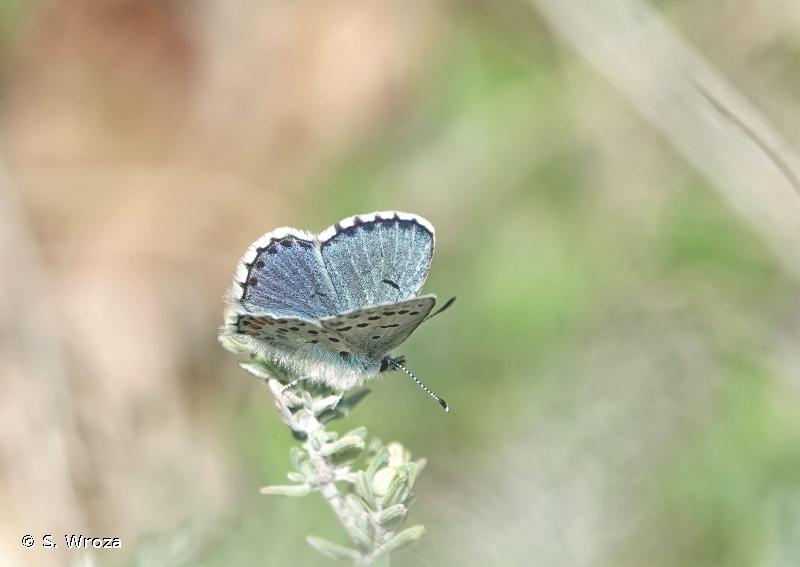
| Author : S. Wroza |
 |
Despite the Creative Commons license, please inform the author of the use which will be made of his photo

| Author : S. Wroza |
 |
To get the picture, please visit:
Wroza Stanislas<br>Muséum national d'Histoire naturelle - PatriNat<br>36 rue Geoffroy Saint-Hilaire CP 41<br>75 231 PARIS CEDEX 05<br>e-mail : s.wroza@hotmail.fr
Despite the Creative Commons license, please inform the author of the use which will be made of his photo

| Author : S. Wroza |
 |
To get the picture, please visit:
Wroza Stanislas<br>Muséum national d'Histoire naturelle - PatriNat<br>36 rue Geoffroy Saint-Hilaire CP 41<br>75 231 PARIS CEDEX 05<br>e-mail : s.wroza@hotmail.fr
Despite the Creative Commons license, please inform the author of the use which will be made of his photo
Taille :
Adulte : environ 22 - 25 mm
Diagnose :
Petit papillon bleu clair cendré avec des franges blanches nettement entrecoupées de noir. Il possède un point discoïdal noir caractéristique sur le dessus de l'aile antérieure. La femelle est brun-noir avec un semis d'écailles bleu violacé à la base. Le dessous est gris pâle chez les deux sexes avec une série de points noirs entourés de blanc et des taches submarginales orange dans les espaces 1 à 5 de l'aile postérieure. La chenille est verte avec 3 bandes rouges sur le côté.
Détermination :
L'adulte est moyennement difficile à reconnaître.
Espèces proches :
Confusion possible avec les autres Azurés du genre Pseudophilotes mais seul l'Azuré du thym est présent en France.
Période d'observation :
L'adulte est visible d'avril à septembre.
Biologie-éthologie :
L'Azuré du Thym réalise deux cycles par an. La femelle pond une cinquantaine d'œufs sur les fleurs de Thym et de Serpolet. En été quand le Thym a terminé sa floraison, elle pond également sur d'autres espèces comme le Calament ascendant. Les chenilles sont souvent associées à plusieurs espèces de fourmis qui les protègent des prédateurs en échange d'un miellat qu'elles sécrètent grâce à une glande mellifère.
Biogéographie et écologie :
L'Azuré du Thym est endémique du sud-ouest de l'Europe, du nord du Portugal à l'ouest de l'Autriche. Il privilégie les milieux chauds et bien ensoleillés comme les pelouses sèches et les landes de préférence sur substrat calcaire. Il est présent du niveau de la mer jusqu'à 1°500 m d'altitude.
D'après
Bellmann, H. (trad. Luquet, G.), 2013. Quel est donc ce papillon ? Les guides Nathan. Paris. 449 p.
Doux Y., Gibeaux C., 2007. Les papillons de jour d'Île-de-France et de l'Oise. Biotope, Mèze. Muséum national d'Histoire naturelle, Paris. 288 p.
Lafranchis, T., Jutzeler, D., Guilloson, J.-Y., Kan, P., Kan, B. 2015. La vie des papillons. Editions Diatheo. Montpellier. 751 pp.
Lafranchis, T. 2016. Papillons de France. Editions Diatheo. Montpellier. 351 pp.
J. Ichter(),2019
Continental
Metropolitan France
Overseas
Marine
Metropolitan France
Overseas
The map presents a summary at the 10 x 10 km grid of the observation data for the species transmitted to the SINP. These data have been subjected to validation filters.
The map presents a reference distribution layer of the species at the scale of departments and marine sectors. The presence and absence data were established by expertise within a network of partners. This reference distribution is used in the validation process of the SINP data at the INPN level.
Corresponds to a report on the basis of at least one observation proved within a period of 10 years (20 years for little-known invertebrates) preceding the year and no presumption of extinction since obtaining the last data nor doubt on reproductive and implemented nature of this population. For migratory species, the presence indicated concerns areas of reproduction.
This status is based on one or more of the following criteria:
This point covers the absence, more difficult by nature to demonstrate than presence. This status is based on one or more of the following criteria:
This status must be assigned to a department in which the presence of the species is casual.
Particular case of absence due to a proven extinction less than a half century ago (older disappearances are treated as "no probable or definite").
In the state of knowledge, we can not comment on the presence or absence in the current department. This is the default status when not comprised in one of the previous categories or whenever there is doubt.
The map shows the global distribution of the species based on GBIF data (Global Biodiversity Information Facility).
